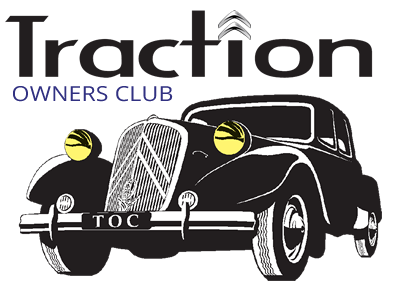Advice on importing from EU.
Traction Owner’s Club › Forums › Forum Archive › Traction Owners Club Forum › Help Wanted › Advice on importing from EU.
- This topic is empty.
-
AuthorPosts
-
7th May 2016 at 3:58 pm #4595
Anonymous
Hello,
Has anyone got any advice or stories regarding importing a car from the European Union. What are the costs, taxes and pit falls that need to be taken into consideration when importing a car. Can anyone explain what, if any, changes need to be made to a car when it’s imported.
9th May 2016 at 1:34 pm #7576Anonymous
I imported a 1953 Volvo 444 from Sweden a few years ago and more recently, assisted with the process of importing my Traction from South Africa..
In theory it is straightforwards from within the EU, and as soon as the car arrives, the first thing to do is to make a NOVA declaration to HMRC. You do this on line (https://www.gov.uk/nova-log-in) and you will be advised of any duty payable, which in the case of the Traction, should be zero. If you don’t do this within a set period, then you will receive a rolling fine. I found HMRC quite friendly over the phone when I queried a couple of matters and the process was fairly seamless. They will issue you with a reference number, from memory, and the car will find its way onto a database that DVLA will eventually access.
Now the real fun starts.
After that you need to apply to DVLA for a Used Vehicle Import Pack. This will be posted to you and will contain various forms requiring details of the car, and its history, with particular emphasis on the age and originality of the vehicle. DVLA seem, even when the vehicle is as old as a Traction, reluctant to issue an age related registration and you will need to provide absolutely watertight evidence of the vehicle’s age, preferably via the manufacturer, and at least via the owners club. In my experience even the registration documents from the country of origin were treated with a degree of scepticism by DVLA.
It used to be more straightforward when there were local offices, in that you could actually turn up and talk to someone, and if the car was required to be inspected, which many are, then you could roll up with it and have the officer do so there and then.
Now, alas, it is all centralised, and the process, it has to be said, has, both from my own experience and as far as I can tell from the anecdotes of other recent importers, become very anal and unhelpful, and seems quite unwilling to use common sense in judging the age of the imported car.
There is a fee for registration, which needs to accompany the application form.It took me about four applications for each car before I received a registration, so a degree of stamina is required, potentially. Ideally, acquire as much documentation as you can before making the application as evidence of the car’s origins, and get that backed up by the club.
My most enduring memory of the import process for the Volvo was the comment of the inspector on the print out from the Volvo archivist in Sweden, saying exactly when my car was built and when it found its way to the dealer.
‘Its not a very exciting letterhead is it. They probably thought that you’d made it up!’9th May 2016 at 2:18 pm #7577Anonymous
To prove the age etc. you can apply to the Conservatoire using the body and engine numbers (with photos IIRC) for a Certificate of Origin which costs 50euro and will confirm build date etc. which DVLA are very happy with. I used mine for the DS to confirm the car should now be in the ‘Historic’ class.
9th May 2016 at 9:26 pm #7578Anonymous
I imported a Legere from NL last year and the HMRC / DVLA process was very straight forward – on the road in under two weeks. Only cost was registration £55. No changes were required to the car. My advice would be to get the DVLA pack in advance of collection, the NOVA declaration to HMRC is very quick; you will have to send the original registration document to DVLA, make a copy of it as it won’t be returned.
-
AuthorPosts
- The forum ‘Help Wanted’ is closed to new topics and replies.
